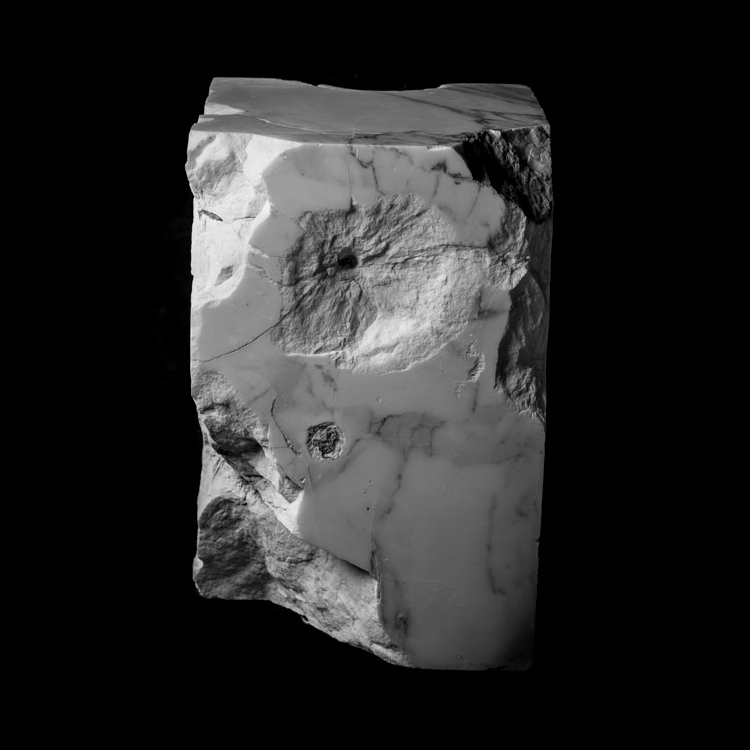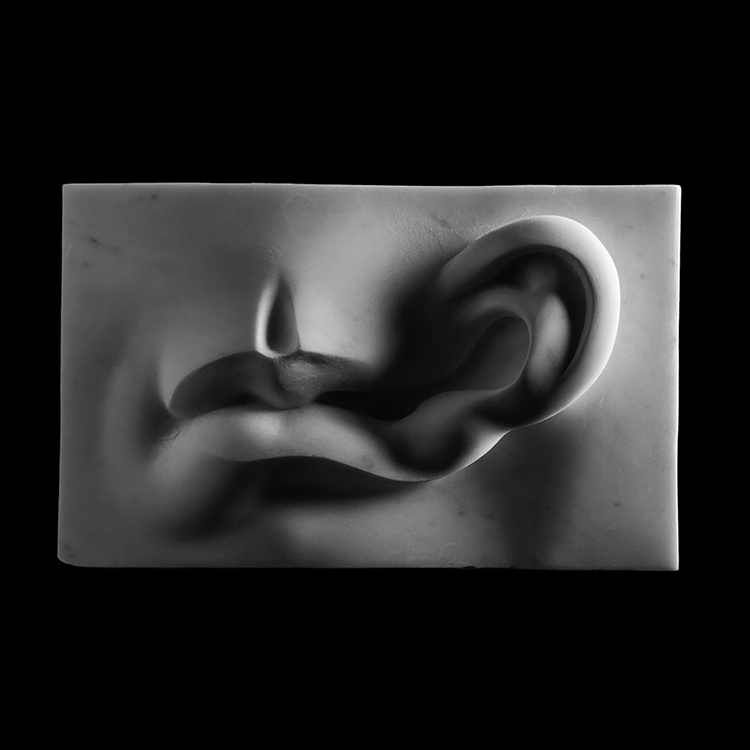General analysis of Claude Lévi-Strauss’ thought on kinship and marriage.
“Prohibition is merely the reverse of positive obligation”, according to Lévi-Strauss as opposed to René Girard for whom prohibition comes first.
Today the reign of violence is made manifest in the form of technological weaponry. These weapons are what is keeping the whole world in check. And it is this force that prevents the whole humanity from destroying itself.
Structural analysis cannot deal with everything, but within its limits it is highly satisfactory.
The sacred concerns itself above all with the destruction of differences. This nondifference can only appear in the guise of a new and equivocal kind of difference: A double, multiple, monstrous, fantastic. Doubtful significations that imply too little and too much: twins, illnesses, contaminations and contagions, excrescences and deformations, all forms of monstrous and bizarre. Sexual transgressions, acts of violence exceptional behaviours in defiance of explicit gestures of communal unanimity.
As long as meaning is healthy, the sacred is absent.
Description of Bororo myth and Tsimshian myth.
Conclusion: one cannot exert violence without submitting to it.
Mutilations symbolizes the working of the crisis in dramatic fashion. It must be viewed both as the creation of fearfully deformed beings and as the elimination of all distinguishing characteristics.
The process imposes uniformity, eliminates differences but it never succeeds in establishing harmony. In the image of monstrous mutilation, the procedure of reciprocal violence is expressed in such powerful condensed form that they appear bizarre, indecipherable, and “mythic”.
During rites performed at Tsimshian noble marriage, stones are thrown, and many heads are battered. The scars and wounds…[serve] as proof of the wedding contract.
The theme of violent undifferentiation includes that of castration. Also, psychoanalytical.
General analysis of Claude Lévi-Strauss’ thought on kinship and marriage.
“Prohibition is merely the reverse of positive obligation”, according to Lévi-Strauss as opposed to René Girard for whom prohibition comes first.
Today the reign of violence is made manifest in the form of technological weaponry. These weapons are what is keeping the whole world in check. And it is this force that prevents the whole humanity from destroying itself.
Structural analysis cannot deal with everything, but within its limits it is highly satisfactory.
The sacred concerns itself above all with the destruction of differences. This nondifference can only appear in the guise of a new and equivocal kind of difference: A double, multiple, monstrous, fantastic. Doubtful significations that imply too little and too much: twins, illnesses, contaminations and contagions, excrescences and deformations, all forms of monstrous and bizarre. Sexual transgressions, acts of violence exceptional behaviours in defiance of explicit gestures of communal unanimity.
As long as meaning is healthy, the sacred is absent.
Description of Bororo myth and Tsimshian myth.
Conclusion: one cannot exert violence without submitting to it.
Mutilations symbolizes the working of the crisis in dramatic fashion. It must be viewed both as the creation of fearfully deformed beings and as the elimination of all distinguishing characteristics.
The process imposes uniformity, eliminates differences but it never succeeds in establishing harmony. In the image of monstrous mutilation, the procedure of reciprocal violence is expressed in such powerful condensed form that they appear bizarre, indecipherable, and “mythic”.
During rites performed at Tsimshian noble marriage, stones are thrown, and many heads are battered. The scars and wounds…[serve] as proof of the wedding contract.
The theme of violent undifferentiation includes that of castration. Also, psychoanalytical.

































